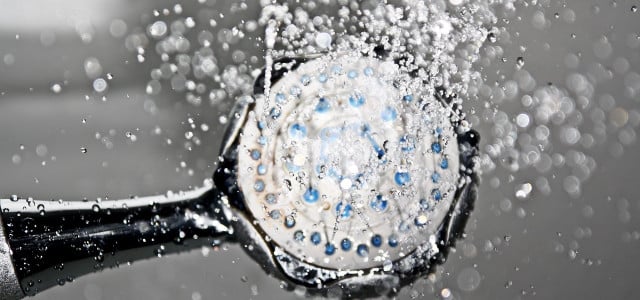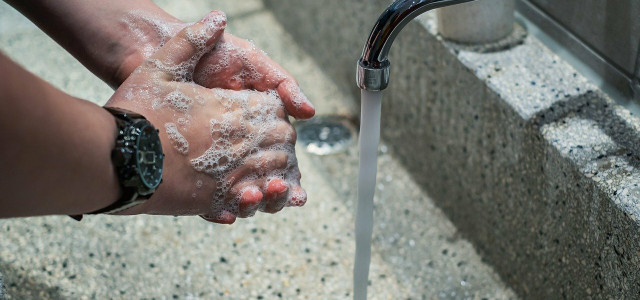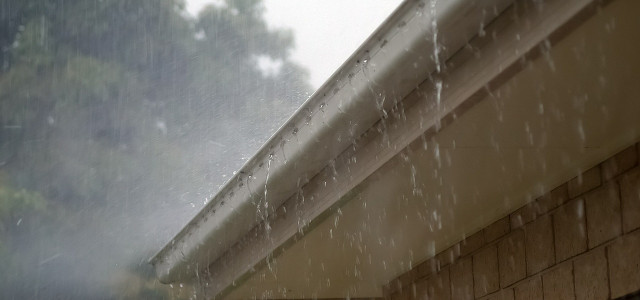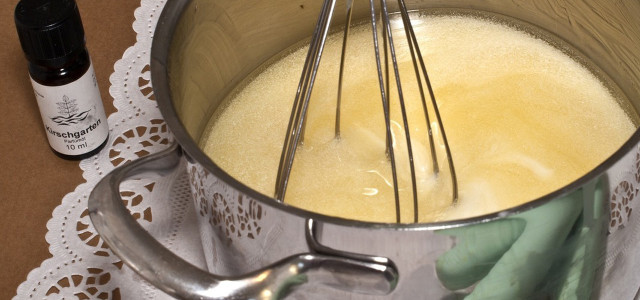Ever wondered how much water a shower uses versus a bath? As the environmental impact of our daily activities grows, being conscious about water consumption is more important than ever.
Showering and baths can both be important parts of your hygiene routine, but which one is better for your health? And for the environment? We’ll take a look at the health benefits of showers vs. baths, how much water each one consumes, and the environmental impact that they have.
Baths vs. Showers: Which is Better for Your Health ?
Firstly, in terms of cleanliness, showers are better than baths. When you take a shower, the water evenly distributes across the body, mixing more efficiently with soap, and drains away all the dirt, oils, and excess soap instantly.
But, sometimes cleaning ourselves is not the only reason we shower or bathe. In which case, baths have lots of health advantages: they help to relax the muscles after strenuous exercise, aromatherapy baths mixed with essential oils can help with soothing the mind and body, oatmeal baths can help with inflammation of the skin and warm baths can help relieve cold and flu symptoms.
Health advantages of showers include: glowing skin and hair as showers stimulate circulation under the skin, and can boost your immune system (especially a cold shower). Cold showers have even been shown to help with depression, as having a cold shower can release endorphins and stimulate the nervous system.
Both have their advantages for your health, but which is better for the environment?
Do Baths or Showers Use More Water?
Although it might seem obvious that showers use less water than baths, it’s important to remember that this is only true in some cases. Depending on how long you stay in the shower, how much water pressure your showerhead has, and how deep you like to fill your bathtub, the amount of water you consume can vary greatly.
While you’re showering, it might be difficult to tell how much water you’re actually using. To give you an idea, according to the NGO Earth Talk, the average 10-minute shower uses the same amount of water that a 25-gallon bath would, and even more if you have a powerful showerhead. This is especially alarming if you are someone who takes a shower every day.
- Generally speaking, if you wash yourself every day, showering instead of taking a bath will be better for the environment. But it’s important to remember that this is only the case if you keep it short; between three and five minutes.
- If you prefer soaking in warm water for a longer period of time, a bath would probably be the better option for you.
The Environmental Impact of Water Consumption
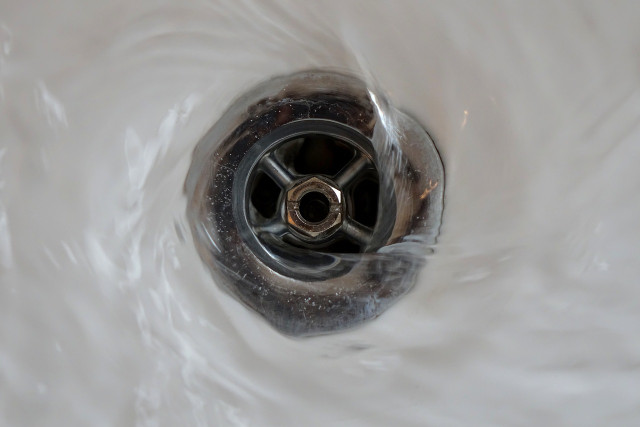
(Foto: CC0 / Pixabay / Semevent)
Using water efficiently will help ensure a reliable water supply today and for future generations. Responsible water consumption is even more important because climate models show that climate change may reduce drinking water quality in the US in the future. And where better to start doing your part than in changing how you shower or bathe?
Studies have found that the average American showers for 8 minutes, using around 20 gallons of water. Assuming these showers are taken every day, that leads to a total of 7,280 gallons of water dedicated just to showering every single year. If we look at all US citizens, the number grows immensely: according to the EPA, Americans are using more than 1 trillion gallons of water every year just for showering. Reducing this number by half could already make a massive difference.
Learning how to reduce water usage by making our baths and showers more eco-friendly is an important step towards keeping our planet healthy.
How to Make Showering More Eco-Friendly
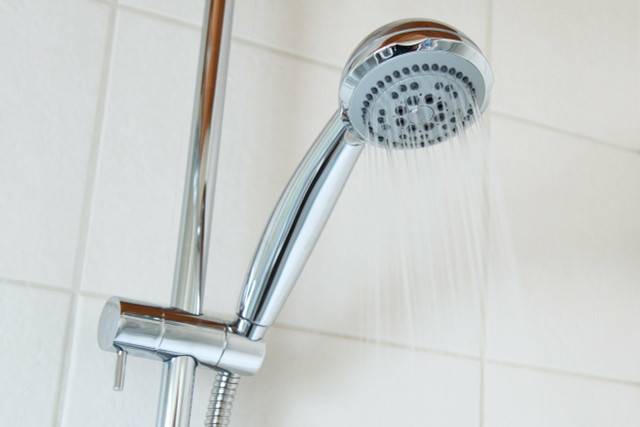


(Foto: CC0 / Pixabay / PublicDomainPictures)
There are a number of ways you can help make your showers more eco-friendly. Here’s how:
- The most obvious way to make your shower more eco-friendly is simply to reduce your time in the shower. By cutting your shower time down by just 3 minutes, you will reduce your water footprint significantly, saving gallons of water.
- You can also opt for a water-efficient showerhead that uses finer drops to make showering more eco-friendly. You’ll find lots of options in shops and online, e.g. on Amazon**.
- Use a timer. By setting a timer, you give yourself a deadline for when you have to be out of the shower, reminding you to keep your time under the water short and sweet.
How to Make Bathing More Eco-Friendly
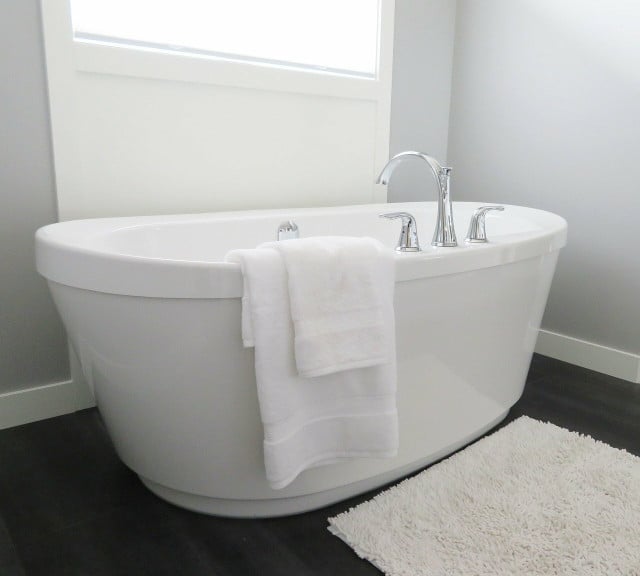


(Foto: CC0 / Pixabay / ErikaWittlieb)
Baths always require a lot of water, so you should not have them too often. If you do take a bath, you can still save water in the following ways:
- Before you even start running the water, make sure to plug the drain. This will reduce the amount of water wasted as you adjust temperature.
- Only fill the bathtub up to the minimum level that you need to wash yourself.
- Reuse your bathwater. Also known as ‘greywater’, bathwater can be used to water plants both in the garden and in the house. However, this only works if you are using organic, plant-based products in your bath, giving you all the more reason to switch your commercial products full of chemicals with unknown effects on the environment for an environmentally friendly alternative.
Organic, Plant-Based Products for Showers and Baths
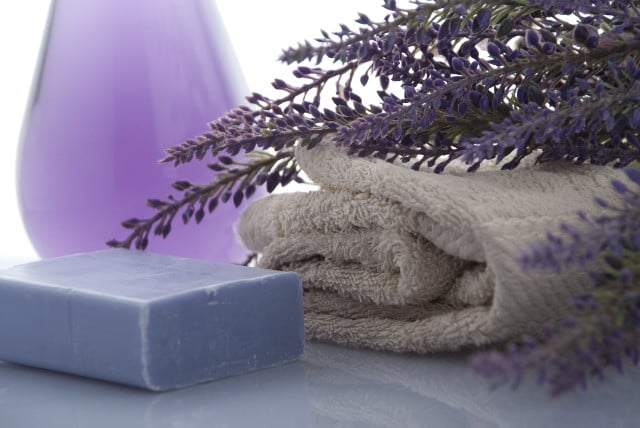


(Foto: CC0 / Pixabay / joe137)
The environmental impact of our showers and baths doesn’t just depend on water usage. The products we use also get washed away down the drains and into waterways. In the case of commercial shampoos, conditioners and body washes, many use ingredients that may harm aquatic organisms, like certain artificial colorings and fragrances. Some even contain plastic microbeads, which are often impossible to effectively filter from wastewater. They will inevitably make their way out into open water, as well as contaminating wastewater sludge. For more information check out: Plastic Pollution in the Ocean: What Can I Do About It?
Thankfully, there are loads of plant-based, organic and eco-friendly shower and bath products available on the market these days. If you use these products in addition to reducing your water usage, you’ll help reduce your environmental footprint when getting yourself clean.
Read on:
- Unclog Your Drain Without Harmful Chemicals
- Loofah: What’s It Made of and Alternatives
- How to Avoid and Remove Black Mold in Your Bathroom
Do you like this post?






